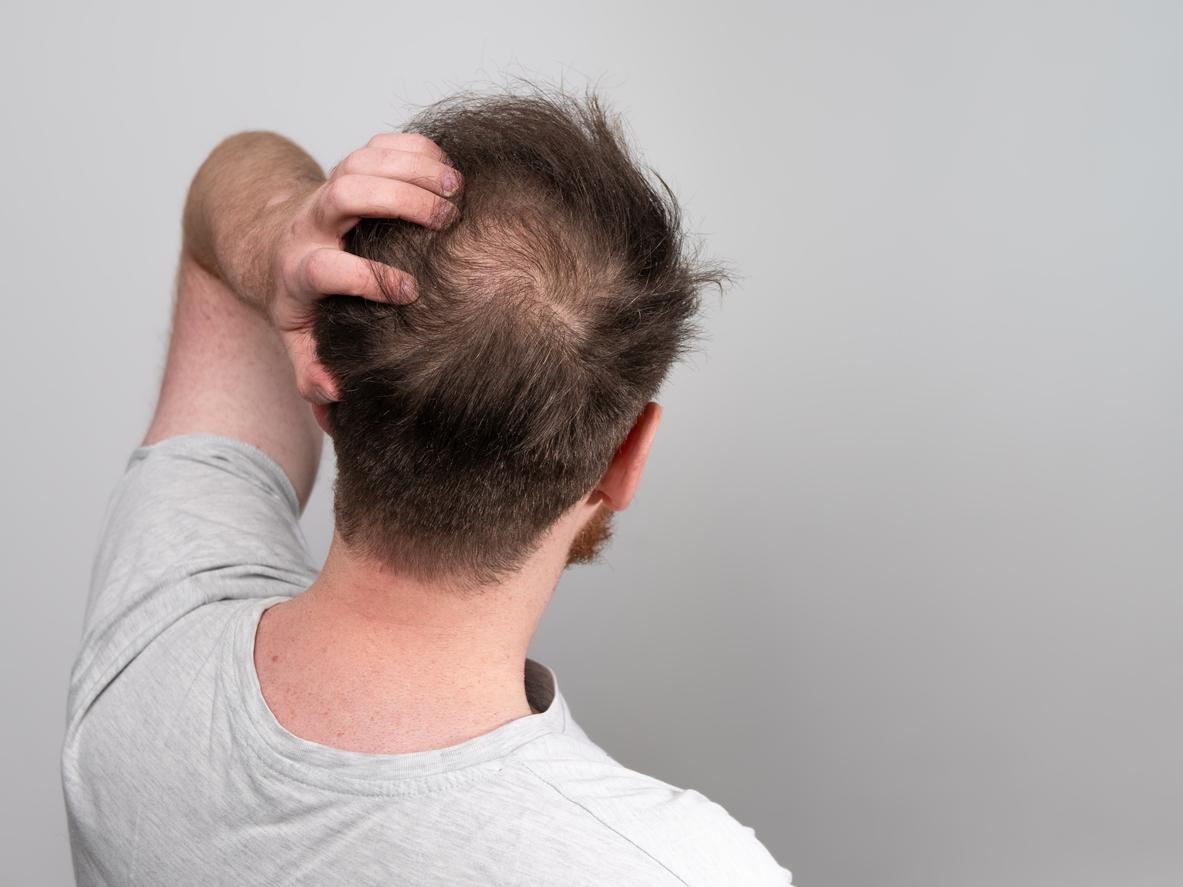
December 7, 2016.
While many women choose to have their bikini line waxed, we are now learning that this practice increases the risk of contracting a sexually transmitted infection.
The danger of hair removal
According to a study published in the journal Sexually Transmitted Infections, people who are used to removing pubic hair are more likely to get a sexually transmitted infection (IST). And it’s not just because people who shave frequently have more intense sexual activity than others. To reach this conclusion, the American researchers behind this study followed more than 7,500 people.
For each participant, the researchers listed the number of sexual partners, as well as the number of sexual encounters. 74% of people observed said they had already shaved or plucked their pubic hair (84% of women and 66% of men), 17% said they practice full hair removal more than 11 times a year and 22% also indicated that they shave or wax at least once a week.
Shaving increases the risk of STIs
And a statistical correlation has been established between ” STIs diagnosed in the past “And the” frequency and / or extent of hair removal / shaving “. Indeed, the average rate of infection with an STI was 13% in all people observed and it went down to 8% in those who did not wax. Another interesting data: 14% of people who had waxed at least once and 18% of those who liked waxing or full shaving suffered from an STI at least once.
According to the researchers, people who shave frequently are more at risk of catching a disease, such as herpes, syphilis, HPV (papillomavirus), gonorrhea, chlamydia, HIV or even lice, because shaving and waxing can cause skin micro-cuts that would facilitate the entry of viruses and bacteria into the body.
Read also: Gonorrhea soon resistant to all antibiotics?















